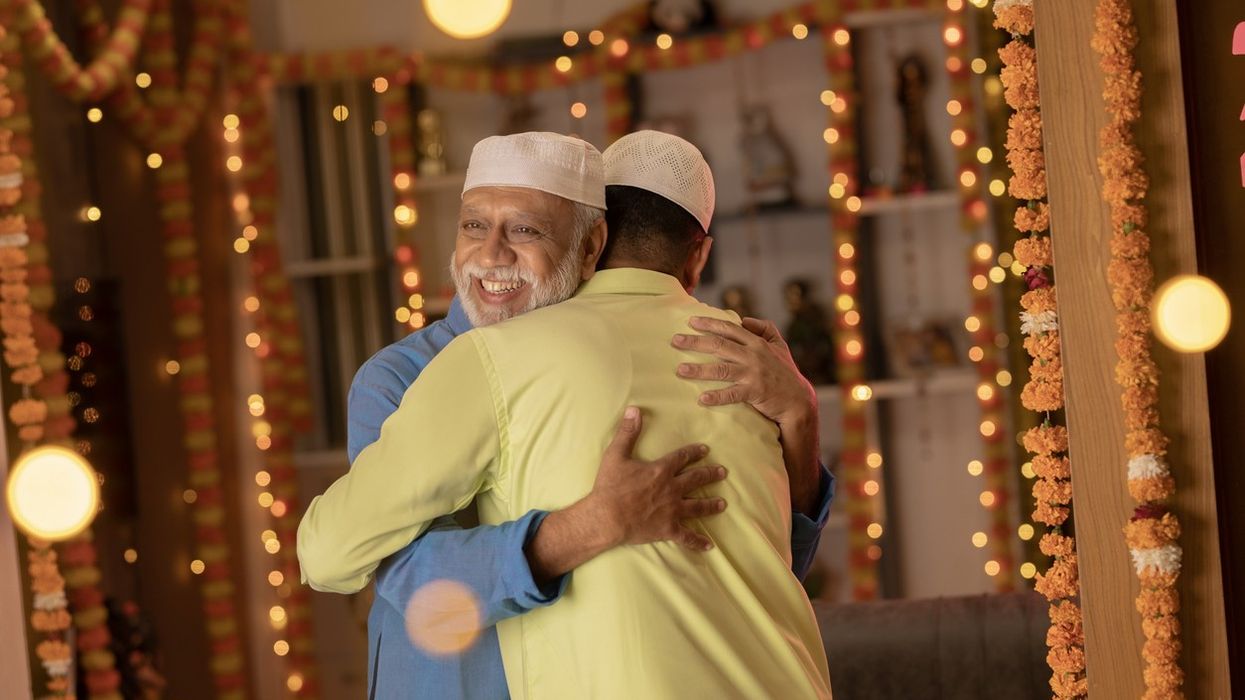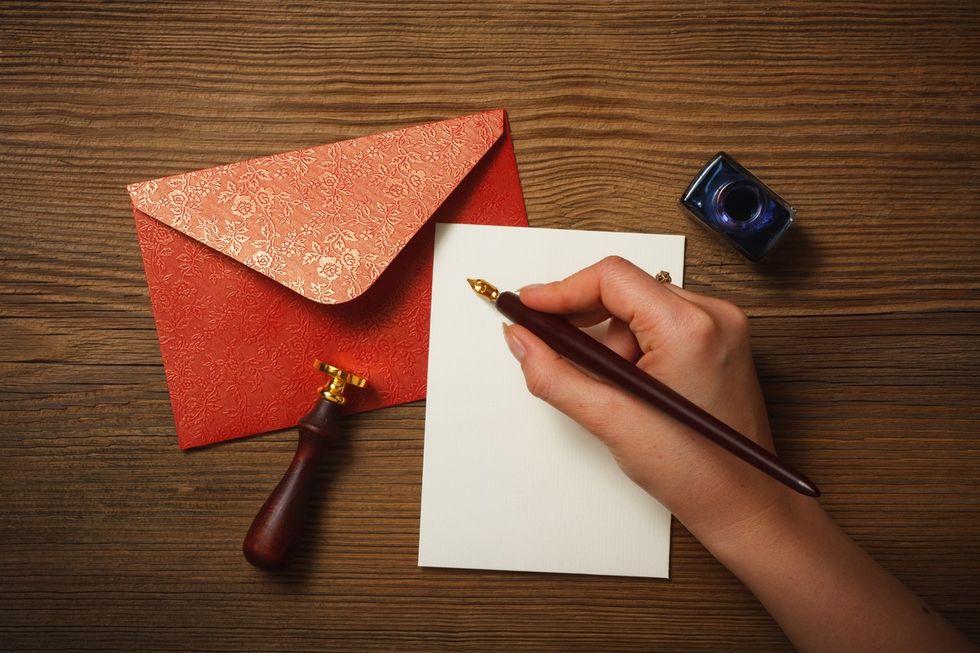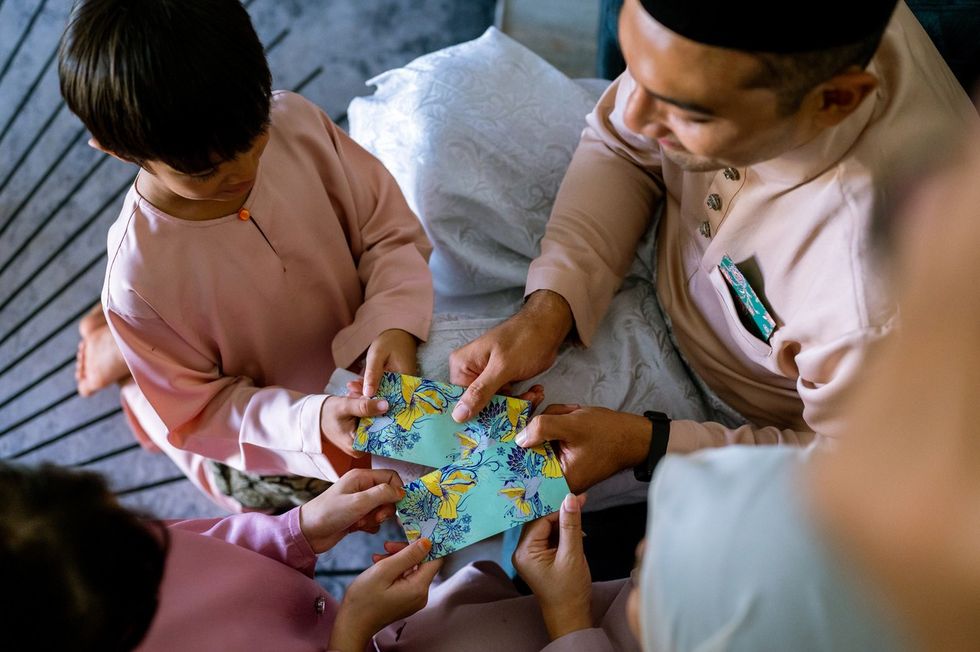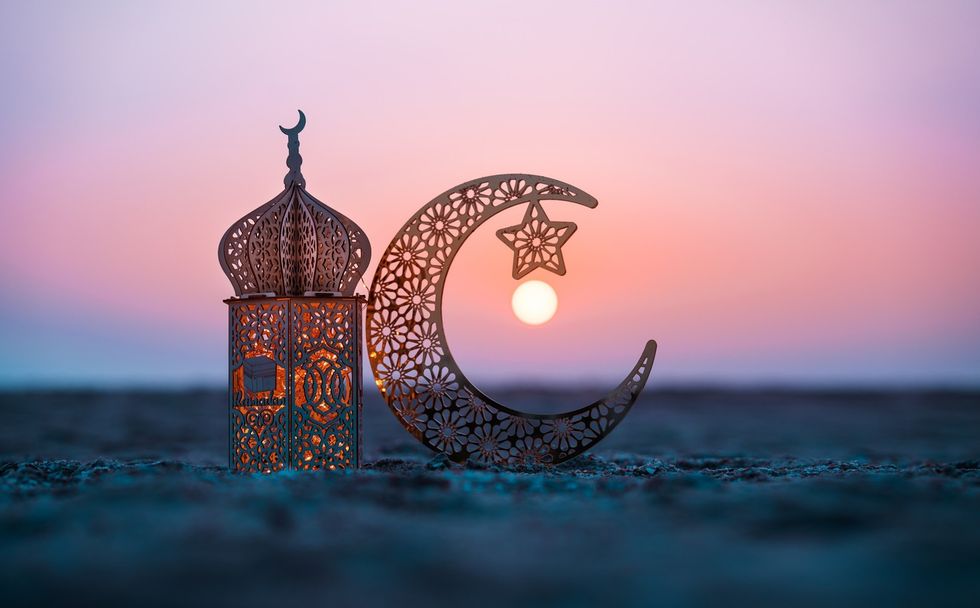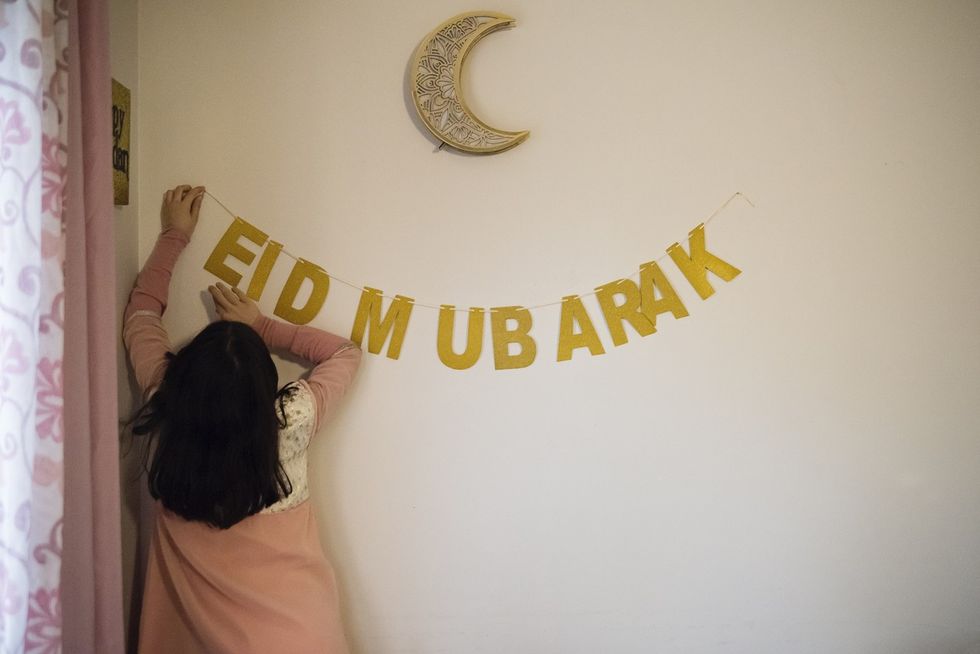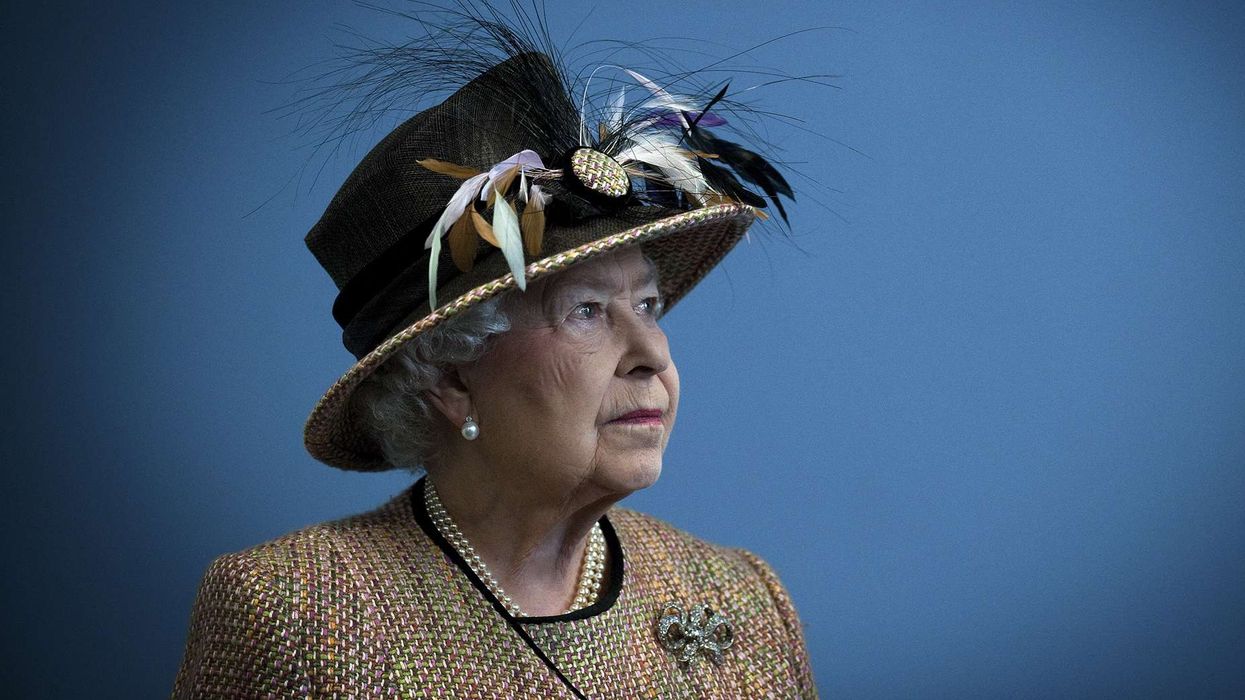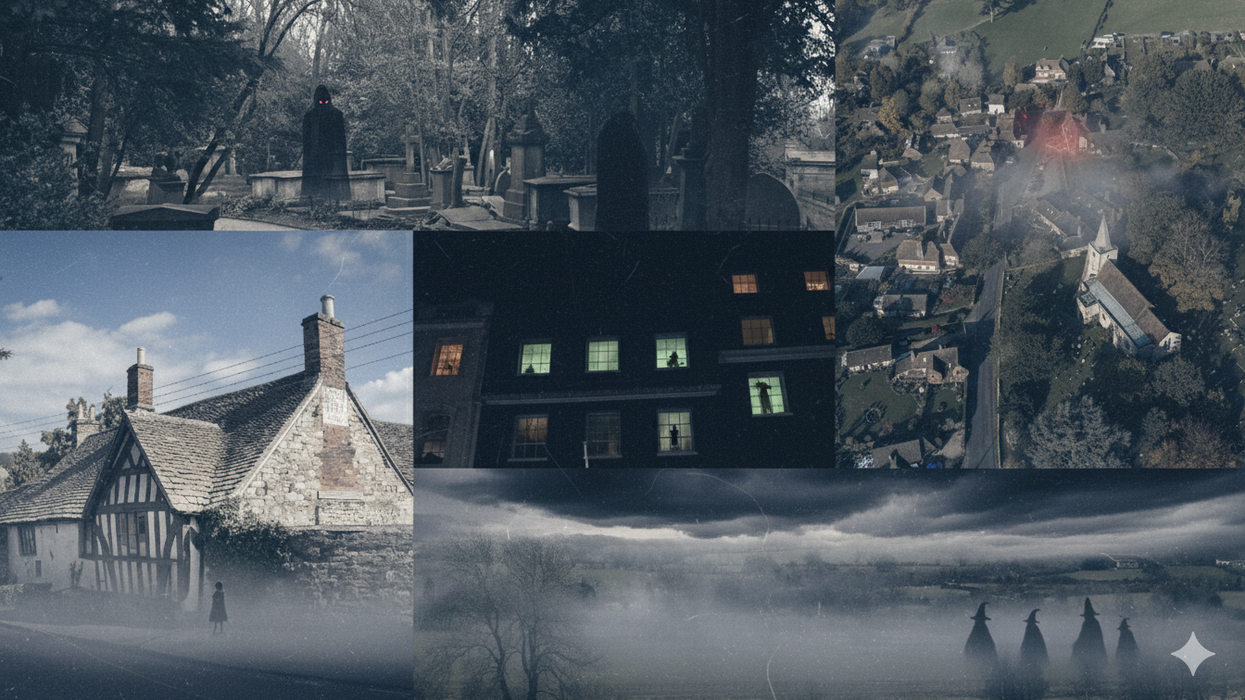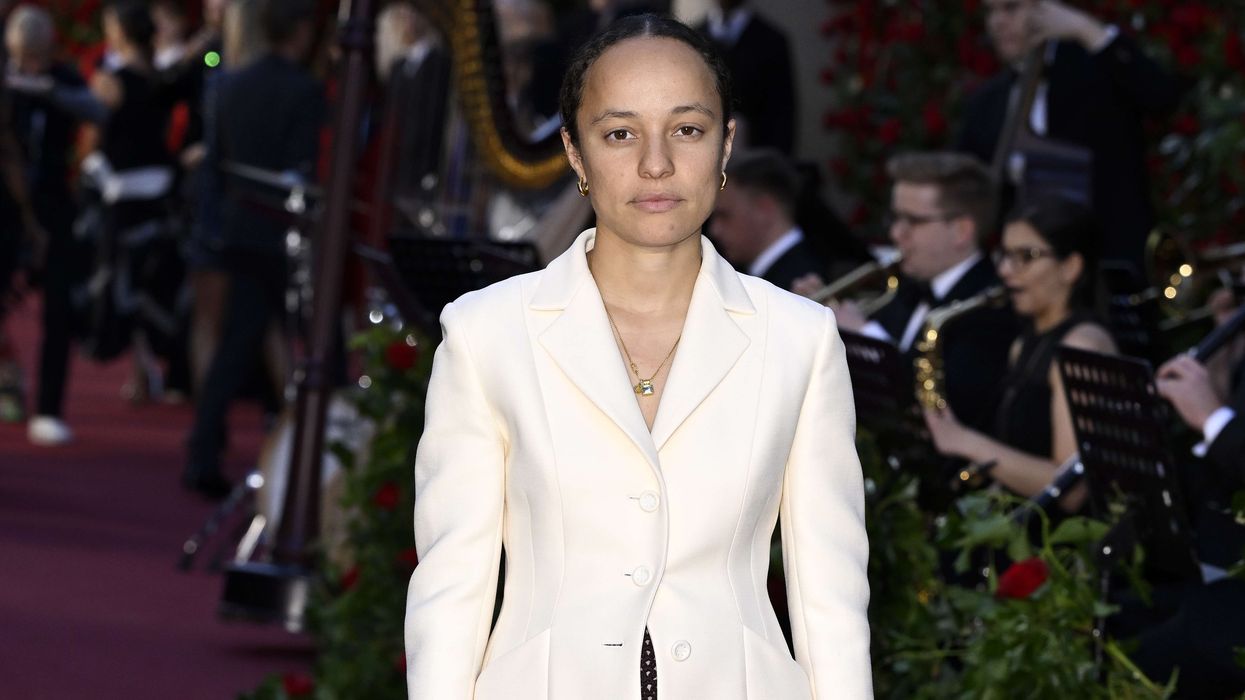EID is a joyous time filled with unity, reflection, and celebration.
While the essence of the celebration has remained unchanged across centuries, the way this special day is celebrated has evolved, with many older traditions being replaced by modern practices and technological advancements.
Reconnecting with forgotten customs can bring a sense of nostalgia and cultural connection to an Eid-al-Fitr celebration. With that in mind, Eastern Eye revisits the past and explores how reviving long-lost traditions can make the annual Muslim holiday more meaningful.
Community moon sighting: Today, most people rely on social media or electronic devices to learn about the all-important moon sighting. In the past, however, this would be a communal event where families and neighbours gathered to spot the crescent moon, marking the beginning of Eid. The joyous announcement of chand raat (night of the moon) led to celebrations, late-night shopping, and traditional henna application for women. Reviving this tradition can bring back a sense of unity and shared festivity.
Handwritten greetings: Before the digital age, exchanging handwritten Eid cards and letters was a popular tradition. Friends and family would write heartfelt messages, which were either posted or hand-delivered. While instant messaging and social media are convenient, the charm of receiving something physical remains timeless. It adds a personal touch and provides a meaningful keepsake for the recipient.
Graveyard visit: In many cultures, families would visit graveyards after Eid prayers to remember deceased loved ones, offering prayers and maintaining a connection with their ancestors. This increasingly forgotten practice is a meaningful way to honour family members who have passed. It can also be done virtually via Zoom or by gathering loved ones to offer prayers for those who have passed, if visiting the grave is not possible.
Eidi: Children would get into the festive spirit by receiving Eidi (money or small gifts) from relatives, family friends, and neighbours. This not only brought joy to youngsters but also reinforced inter-generational bonds within families. Encouraging children to personally visit family, including elders, for Eidi instils valuable lessons in respect and gratitude, which is far more meaningful than a bank transfer or, for many, having no such tradition at all.
Sharing homemade food: Before storebought delicacies, restaurant visits, and takeaways became widespread, households prepared traditional food, including sweets, at home. These were shared with neighbours, including those who didn’t celebrate Eid, as a gesture of goodwill. There were also larger communal feasts that brought families and extended communities together. These easily revived traditions of sharing homemade dishes can help generate the warmth of old-fashioned Eid gatherings.
Storytelling and games: Today, there are many forms of entertainment such as TV, theatre, cinema visits, and parties. Electronic gadgets like smartphones also take up much attention. But in earlier times, there were fun activities like spinning tops, marbles, and homemade games. Elders also took the opportunity to share stories about the significance of Eid, along with family anecdotes. These games and storytelling sessions offer a refreshing break from digital distractions that often create an invisible divide.
Handmade decorations: Instead of storebought decorations, or none at all, which has become increasingly common in contemporary society, it’s worth revisiting the handmade era. Whether it’s banners, paper lanterns, cards, decorations, or floral arrangements, creating them yourself makes it special, especially when done collectively. It’s a great way to engage children, which will ultimately enhance their excitement for the festivities. DIY Eid decorations are a fun way to involve family and friends, bringing back a sense of creativity and community.
Heirloom outfits: For many years, it has been a tradition to buy new outfits for Eid. A forgotten past custom saw senior female members in the family passing down Eid clothes they had previously worn, sometimes repurposing them by getting them restitched. Similarly, men would wear embroidered kurtas gifted by elders. Reviving this practice would add sentimental value to Eid attire and move away from mass-produced fast fashion.
Open house celebrations: New technologies enabling virtual video calls, combined with people having increasingly busy lives, have overshadowed the popular age-old tradition of visiting one another. In the past, there was open-door hospitality, where friends, neighbours, and even strangers were welcomed with food and conversation. Families would visit each other, embracing the spontaneity of the occasion. Bringing this tradition back, even if on a limited scale, would revive the spirit of generosity and togetherness.
Traditional perfume: Long before commercial perfumes and fragrances took over, people applied attar (natural fragrance oil) on Eid morning. It symbolised cleanliness, with scents like rose, oud, and sandalwood. With many shops selling these fragrances, it’s easy to bring back a tradition that evokes a sense of nostalgia.
